Physics
Sign up for our newsletter
We summarize the week's scientific breakthroughs every Thursday.
-
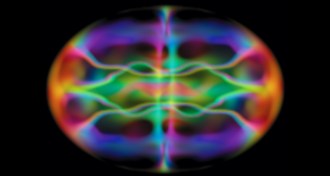 Physics
Physics50 years ago, a millionth of a degree above absolute zero seemed cold
Today, scientists have reached temperatures less than a billionth of a degree above absolute zero.
-
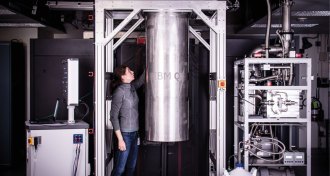 Quantum Physics
Quantum PhysicsQuantum computers are about to get real
Qubit-based machines are gearing up to solve problems that are out of reach for even the most powerful supercomputers.
-
 Physics
PhysicsHere’s why your wheelie suitcase wobbles
Physicists explain why roller suitcases rock back and forth as you dash through the terminal.
-
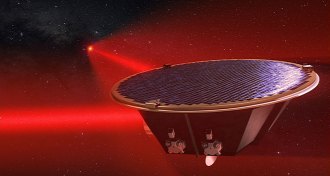 Astronomy
AstronomySatellite trio will hunt gravitational waves from space
The European Space Agency has green-lighted the Laser Interferometer Space Antenna, expected to launch in 2034.
-
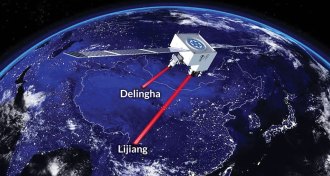 Quantum Physics
Quantum PhysicsQuantum satellite shatters entanglement record
A satellite sent entangled particles to two Chinese cities 1,200 kilometers apart.
-
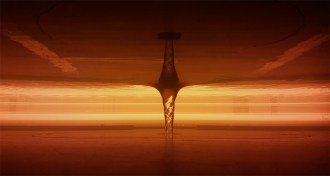 Physics
PhysicsWater circling a drain provides insight into black holes
Water waves scattering off a vortex can exhibit rotational superradiance, an effect predicted to appear in black holes.
-
 Physics
PhysicsFaux particles commit physics faux pas
Quasiparticles present in a solid material break the rules of particle physics.
-
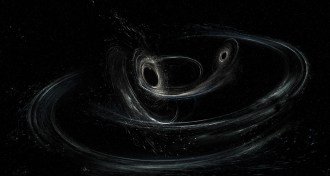 Physics
PhysicsSwift kick from a supernova could knock a black hole askew
An exploding star may have tilted the spin of one of LIGO’s black holes.
-
 Physics
PhysicsLIGO snags another set of gravitational waves
Two black holes stirred up the third set of gravitational waves ever detected.
-
 Particle Physics
Particle PhysicsReaders puzzled by proton’s properties
Readers sent feedback on under-ice greenhouses in the Arctic, the Martian atmosphere and more.
-
 Planetary Science
Planetary ScienceWhy you can hear and see meteors at the same time
People can see and hear meteors simultaneously because of radio waves produced by the descending space rocks.
-
 Quantum Physics
Quantum PhysicsQuantum tractor beam could tug atoms, molecules
The wavelike behavior of quantum particles could be harnessed to move atoms.